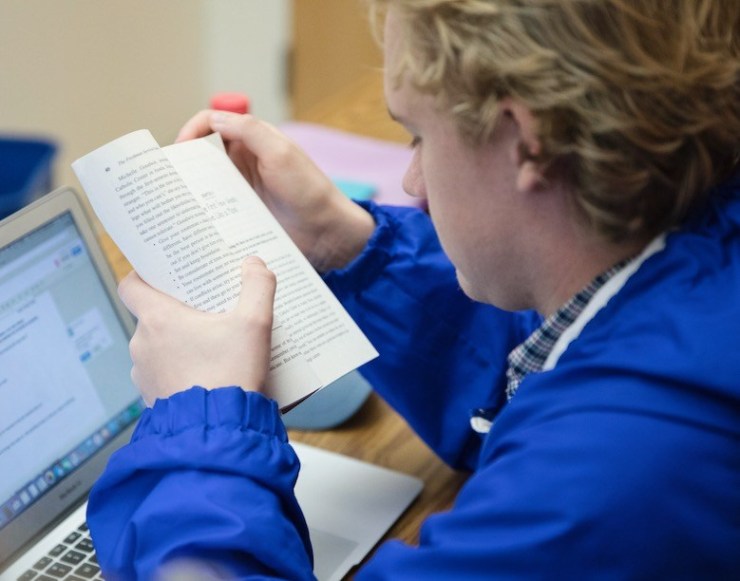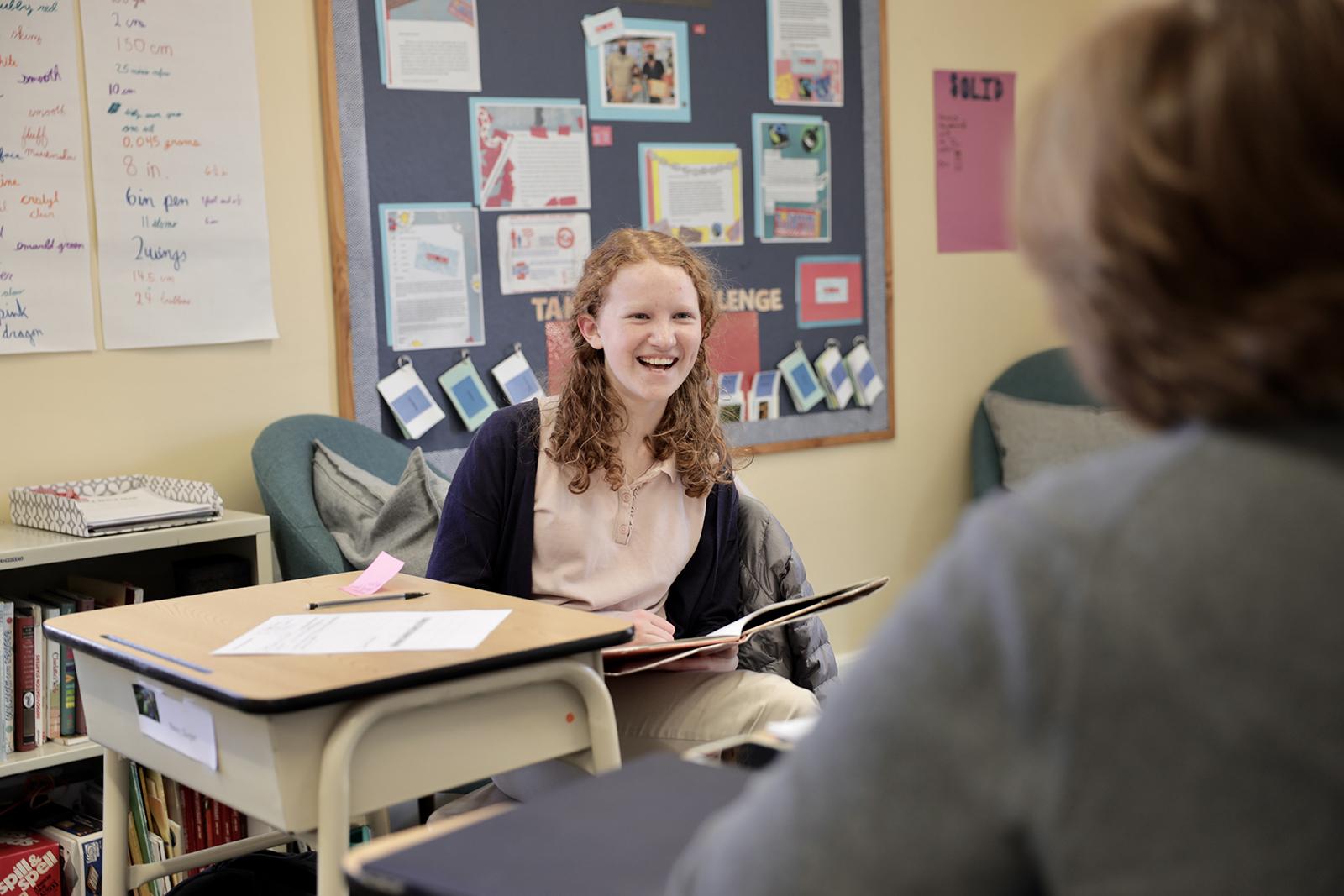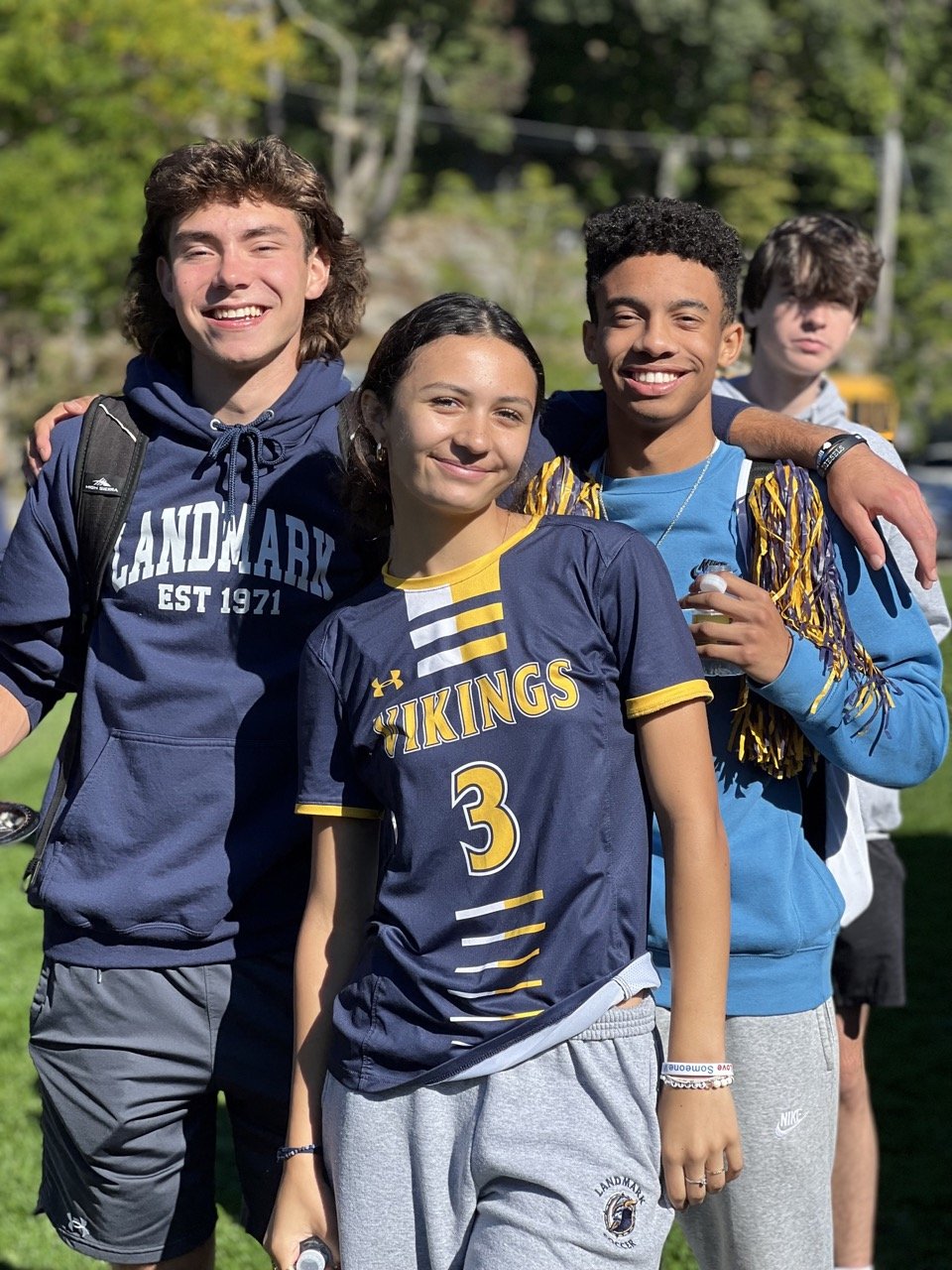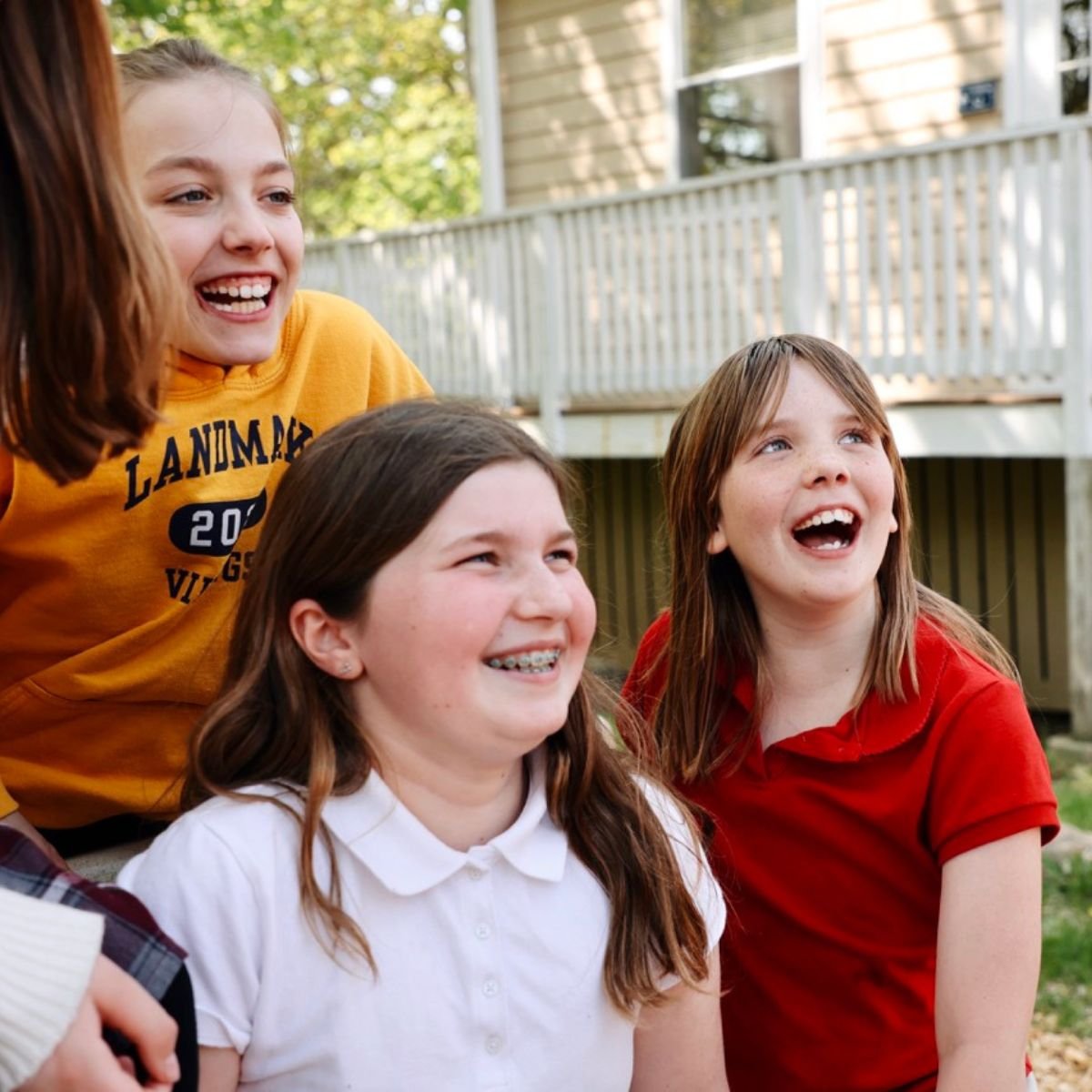- Our School
- Our Advantage
- Admission
- Elementary•Middle School
- High School
- Summer
- Giving
- Parent Resources
- For Educators
- Alumni
« Back
Moving Beyond “Struggling Reader” Labels
March 5th, 2019

By Katherine K. Frankel
In a recent interview with Education Week, author Jacqueline Woodson, the Library of Congress's 2018–2019 National Ambassador for Young People’s Literature, discussed her concerns about labels like “struggling reader.” She argued that these kinds of labels are harmful because they perpetuate the mistaken idea that a reader’s abilities are static rather than dynamic. Drawing on her own experiences, Woodson explained:
“I know if I was raised in this day and age, I would have been labeled a struggling reader. But what I know now is I was actually reading like a writer…What gets translated is ‘you are not as good,’ and that gets translated into our whole bodies. That’s where the danger lies” (Iasevoli, 2018, para. 5).
Woodson’s words of caution resonate with me on multiple levels. In elementary school, I too would have been labeled a “struggling reader” if the term had existed at the time. As a high school teacher, many of my students considered themselves to be “struggling readers” based on years of hearing this and similar terms applied to them. In my research, I have documented the negative impact of labels as experienced by adolescent readers. For example, I have seen how labels contribute to deficit thinking by focusing on what a reader cannot do. I have seen how labels locate reading difficulty as an individual problem that lies within the reader, rather than as an instructional- or societal-level problem that may be understood and addressed collectively by students, teachers, and parents working together. And, like Woodson, I have seen how labels oversimplify the act of reading by implying the existence of a static “good reader” / “poor reader” dichotomy that does not accurately reflect the complexity of reading.
Moving Beyond Labels
As an alternative to labeling readers, we can instead engage in conversations and practices that reflect current understandings of reading as a dynamic process. Below, I offer three recommendations for how to do this, accompanied by guiding questions. My hope is that these questions will serve as starting points for students, parents, and teachers to engage in more robust conversations about reading that move beyond labels.
Focus on understanding the conditions under which readers are most successful.
- What kinds of texts, broadly defined, do we read (for example: novels, graphic novels, magazines, song lyrics, maps, recipes, emails, text messages, social media posts)?
- What kinds of texts do we most enjoy reading?
- Why do we read these texts? What makes them so enjoyable?
- What do we do when we encounter difficulties while reading them?
Be precise about when and why readers might require additional support with particular texts and tasks.
- What are the specific combinations of texts, tasks, and contexts that give rise to reading difficulties for particular readers? For example, the reading processes and challenges that a reader might encounter while comparing and contrasting multiple historical documents in preparation for writing a timed essay in school likely differ from those that same reader encounters while reading a young adult novel for pleasure at home and then texting or talking about it with friends.
- What happens when these text/task/context combinations change? For example, does a reader gain more understanding of those same historical documents when she has opportunities to reread and discuss key concepts and vocabulary with her teacher and classmates? Does she communicate that understanding differently when she has opportunities to articulate and debate her arguments prior to writing an essay?
Emphasize that all readers experience reading challenges under certain conditions.
- What text/task/context combinations give rise to reading difficulties for more experienced readers (for example: parents, teachers, siblings)?
- What do experienced readers do when they encounter difficulties (for example: reread, look for key vocabulary, combine information from images and words, write down questions, talk with another reader, etc.)?
Finally, I urge students, parents, and teachers to advocate for policies and practices that take a more nuanced perspective on reading, a perspective that allows us to recognize and build from readers’ strengths and that reflects the complex and dynamic nature of reading.
Reference:
Iasevoli, B. (2018, February 5). Stop using the label ‘struggling reader,’ author Jacqueline Woodson advises [Web log post]. Retrieved from http://blogs.edweek.org/edweek/curriculum/2018/02/stop_using_the_label_strugglin.html
Notes:
Thank you to the graduate student literacy educators enrolled in my Spring 2019 adolescent literacy course for their thoughtful feedback on an earlier draft of this post. For a more extended discussion of alternatives to labels and labelling, please see Frankel, K.K., & Brooks, M.D. (2018). Why the “struggling reader” label is harmful (and what educators can do about it). Journal of Adolescent & Adult Literacy, 62(1), 111-114.
About the Author

Katherine K. Frankel, PhD, is an assistant professor of literacy education in the Boston University Wheelock College of Education & Human Development. Formerly a Landmark High School teacher, she now teaches graduate-level courses in reading/literacy and conducts research in classrooms and one-on-one tutoring contexts in partnership with middle and high school students and their teachers.
Posted in the category Learning.








.jpg?v=1652115432307)











